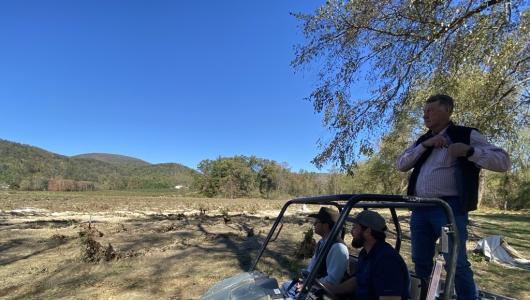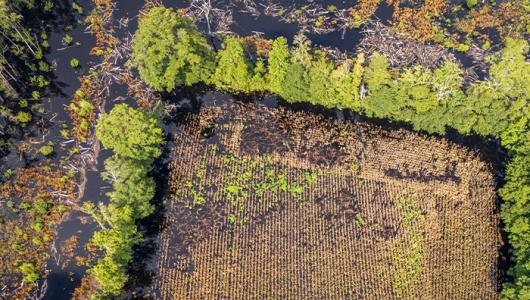
As a former rancher myself, I know the tremendous investments—in time, sweat, and thought—that producers make even before their calves hit the ground. My experiences lead me to firmly believe that, here at the Farm Service Agency (FSA), we must find flexibilities where possible to help our farmers and ranchers best meet the challenges of the day.
In recent meetings with Senator John Hoeven, FSA North Dakota State Executive Director Marcy Svenningsen, and livestock producers in North Dakota impacted by catastrophic 2021 winter storms, it became apparent that our Livestock Indemnity Program (LIP) payment rates were not reflective of the true market value for non-adult beef, beefalo, bison, and dairy animals. It was time for us to pivot.
The Livestock Indemnity Program provides benefits to livestock owners and some contract growers for livestock deaths exceeding normal mortality from eligible adverse weather events, certain predation losses and reduced sales prices due to injury from an eligible loss.
Indemnity payments are made at a rate of 75 percent of the market value of the livestock on the day before the date of death. I don’t mind saying that, under our previous payment rates, cutting a LIP check to a rancher for $150 for a calf in today’s market came nowhere near covering the year-long investment in carrying the cow through pregnancy and carrying the calf from birth to sale.
To better capture ranchers’ investments in their animals, we recently announced increased LIP payment rates for beef, beefalo, bison, and dairy animals less than 250 pounds. These now-updated payment rates are reflective of the substantial increased cost of these non-adult livestock in 2022:

The updated LIP payment rates are effective immediately and will be applied retroactively starting January 1, 2022, for all eligible causes of loss including excessive heat, tornado, winter storms, and other qualifying natural disasters. Producers who have already received LIP payments for 2022 will receive an additional payment, if applicable, commensurate with these updated rates. For details on eligibility and payment rates, you can review our LIP fact sheet.
Other Program Improvements
These LIP policy changes complement enhancements we recently made to our Emergency Assistance for Livestock, Honey Bees and Farm-Raised Fish Program (ELAP) – changes that also were derived from the direct input and feedback of producers and the livestock groups.
In addition to paying above normal costs for hauling water to drought-stricken livestock, we also added compensation for hauling feed to livestock and livestock to forage or other grazing acres. And, in 2021, we added fish raised for food as an ELAP-eligible commodity because producers and industry leaders expressed the need.
By continually evaluating how we can deliver our programs in a manner that is meaningful to the farmers and ranchers we serve, we demonstrate our ongoing commitment to stakeholder engagement and our dedication to improving programs for livestock producers first signaled by Agriculture Secretary Tom Vilsack during a Senate Agriculture Committee hearing earlier this year.
It has been said actions speak louder than words, but when it comes to FSA programs that directly affect producers’ livelihoods and way of life and ultimately impact food security for all Americans, I believe the two are not mutually exclusive. Rest assured that when producers and producer groups speak, FSA and I, to the extent possible, will do whatever is within our power to turn those words into actions.

Zach Ducheneaux is the Administrator of USDA’s Farm Service Agency. He can be reached at zach.ducheneaux@usda.gov.


